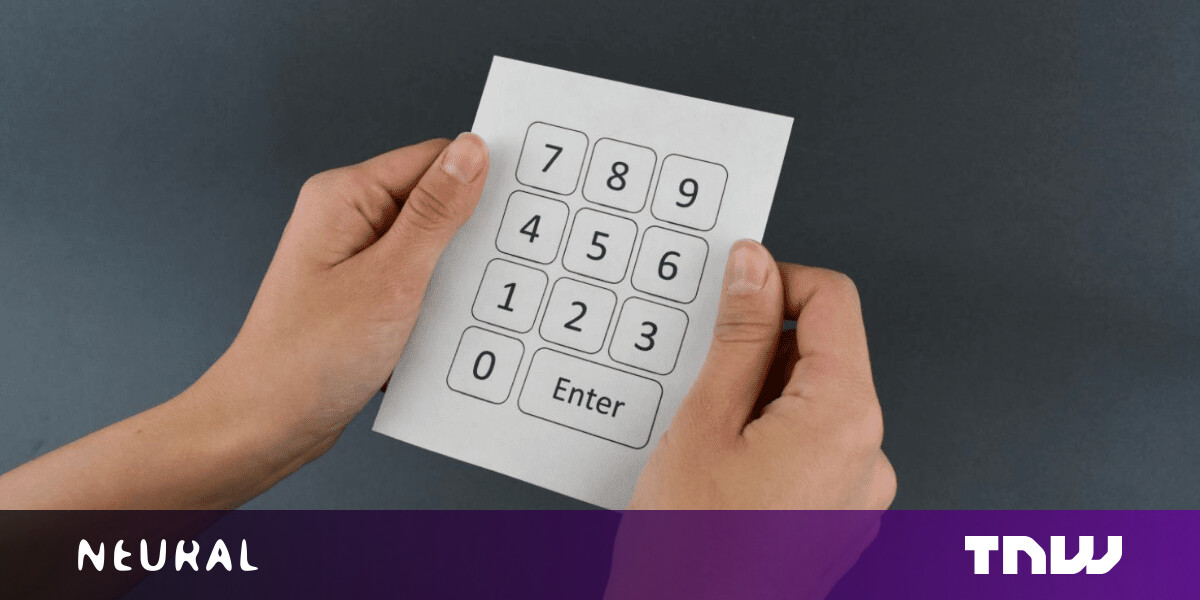
Scientists have developed a method of turning paper into keyboards that can convert notebooks into music players and make food packaging interactive.
Engineers from Purdue University made the interfaces repellent to moisture, liquid stains, and dust by coating paper with highly-fluorinated molecules. They then used this coating to print multiple layers of circuits onto the paper without smearing ink across the pages.
The interfaces are powered by vertical pressure sensors that harvest energy through contact with the user — which means they don’t need an external battery.
“This is the first time a self-powered paper-based electronic device is demonstrated,” said Ramses Martinez, an assistant professor in Purdue’s School of Industrial Engineering, in a statement.
[Read: These tech trends defined 2020 so far, according to 5 founders]
In tests, the researchers used the interface to control a computer keyboard:
[embedded content]
They also used it to create a tactile music player:
[embedded content]
[embedded content]
The team says the tech is compatible with common mass printing processes and can be manufactured for just $0.25 per device. They believe the cost and simplicity of producing the gadgets make them a viable way of turning cardboard or paper into smart packaging or human-machine interfaces.
“I envision this technology [facilitating] the user interaction with food packaging, to verify if the food is safe to be consumed, or enabling users to sign the package that arrives at home by dragging their finger over the box to properly identify themselves as the owner of the package,” said Martinez.
You can read the research paper on the method in the journal Nano Energy.
So you’re interested in AI? Then join our online event, TNW2020, where you’ll hear how artificial intelligence is transforming industries and businesses.
Published September 1, 2020 — 17:55 UTC
